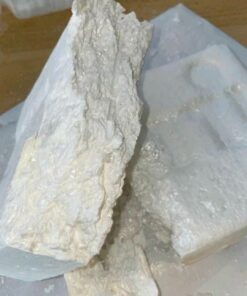Dissociative anesthetics are a class of drugs that induce a sense of detachment or dissociation from the environment and one’s own body. These drugs work by interrupting the transmission of sensory signals in the brain, resulting in sedation, pain relief, and altered perceptions of reality. They are typically used in medical and surgical settings for anesthesia but are also studied for their potential therapeutic uses in treating certain mental health conditions.
Key Characteristics of Dissociative Anesthetics:
1.Anesthetic Properties: Dissociative anesthetics induce a state of anesthesia, rendering the patient insensitive to pain while often keeping them conscious but detached from their surroundings.
2.NMDA Receptor Antagonism: The primary mechanism of action involves blocking the NMDA (N-Methyl-D-Aspartate) receptors in the brain. This affects neurotransmitter activity, leading to dissociation, sedation, and analgesia.
3.Mental and Sensory Effects: These drugs are known to produce profound changes in perception, including feelings of detachment, hallucinations, and altered sensory experiences.
Common Dissociative Anesthetics:
•Ketamine: Perhaps the most well-known dissociative anesthetic, Ketamine is used both in medical settings for anesthesia and pain management, and more recently in mental health treatments for depression and PTSD.
•PCP (Phencyclidine): Originally developed as a surgical anesthetic, PCP is no longer used for medical purposes due to its potent and unpredictable psychoactive effects.
•Dextromethorphan (DXM): Found in some over-the-counter cough medicines, DXM can produce dissociative effects when consumed in large doses.

